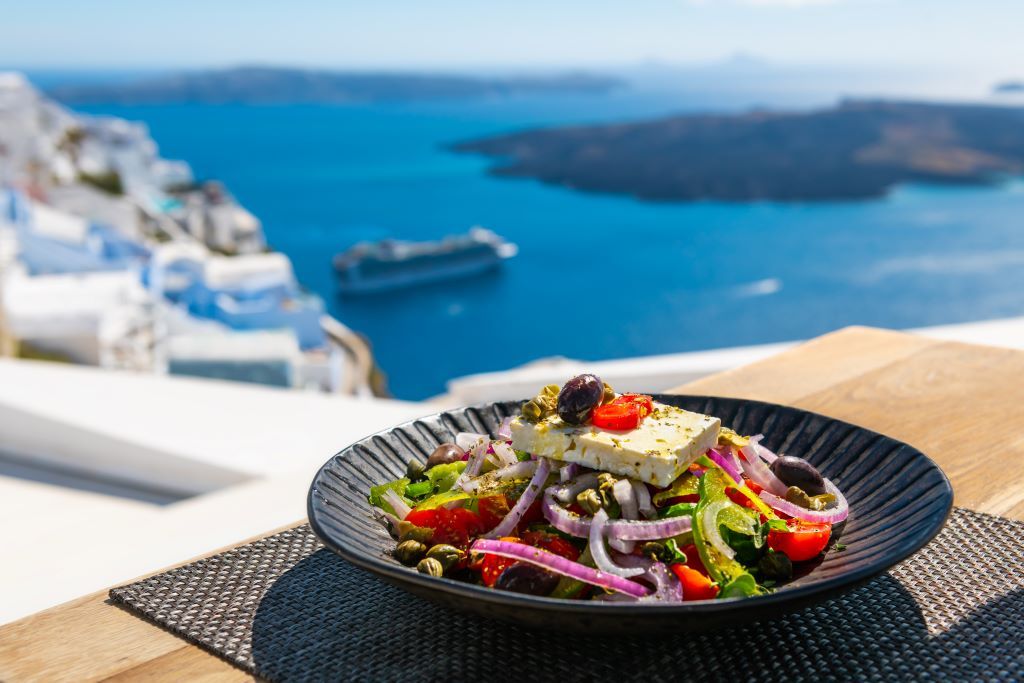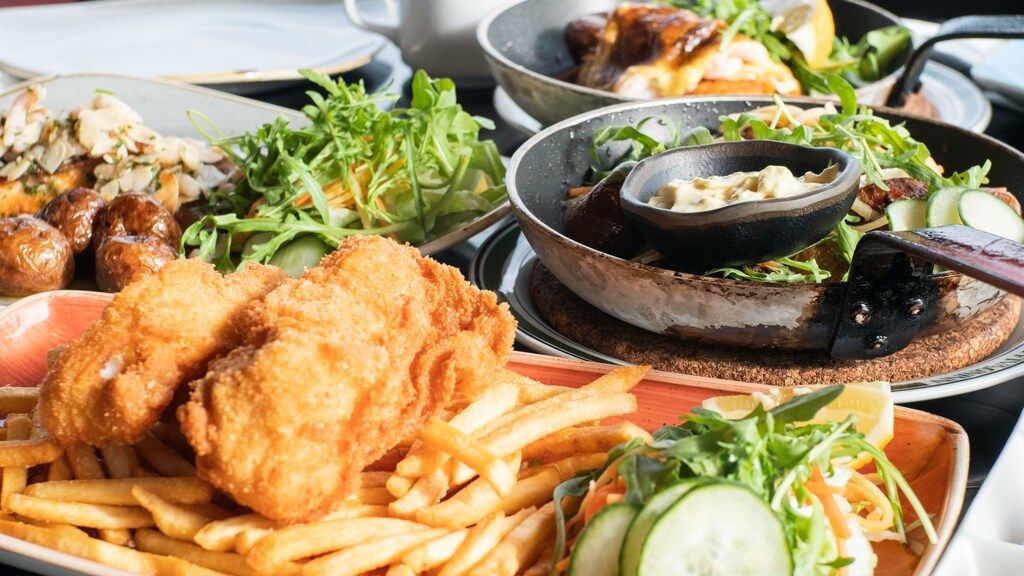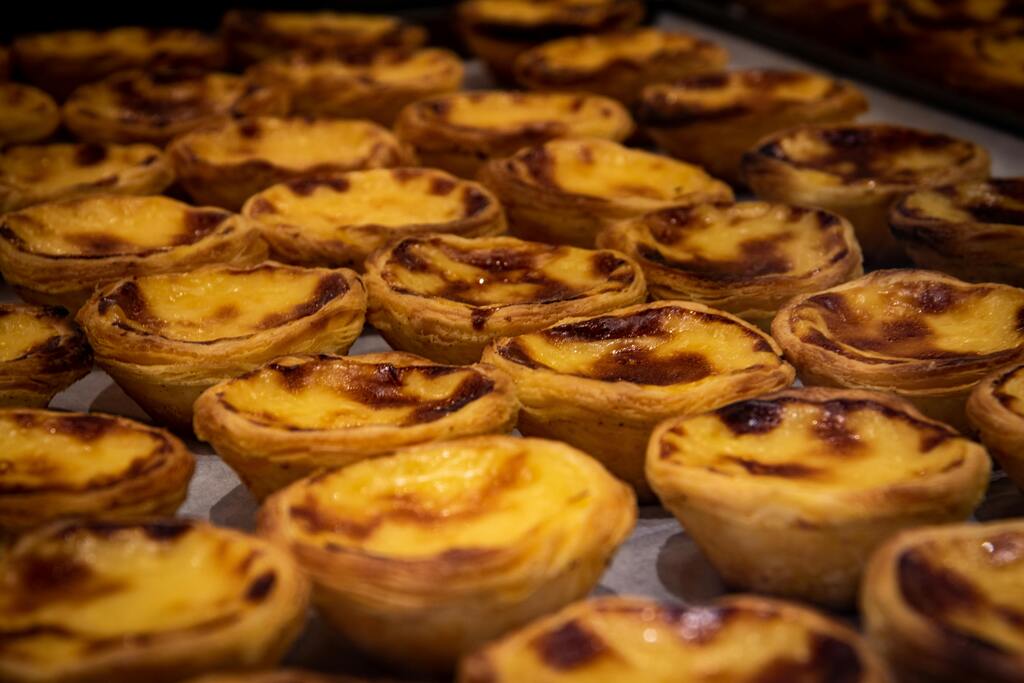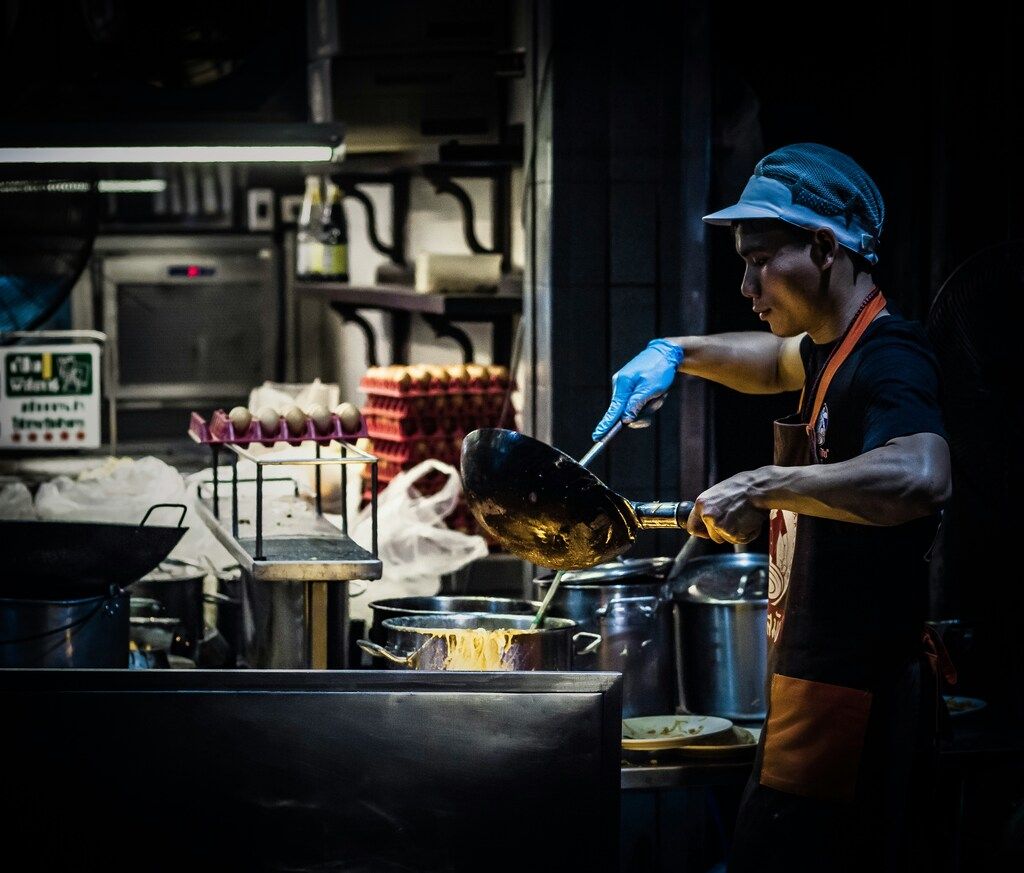

If you’re travelling to Thailand, make sure to bring some trousers with elasticated waists. That’s because food in Thailand is some of the best — and cheapest — in the world. Every meal is a feast in the Land of Smiles, particularly if you’ve got a taste for dishes with a spicy kick. It’s hard to narrow down a list of the best Thai dishes for you to try, but here are a few of our absolute favourites:
Pad Thai
Top of the list is the national dish, a generous plate full of zingy pad Thai. Food historians will insist that this hearty dish of stir-fried noodles actually originates in China — but we don’t care. Prime Minister Plaek Phibunsongkhram officially declared it the country’s national dish during the Second World War, when a drought had reduced the rice crops, resulting in hungry Thais turning to noodles instead. Today, you’ll find it on every street corner in the country.
Pad Thai usually features bean sprouts, spring onions and egg, with a fiery sauce made from tamarind, fish sauce and dried shrimp. There’s always some kind of protein, which might be seafood, chicken, pork or cubes of fried tofu, and it’s topped with fresh herbs and roasted peanuts. It’s the perfect introduction to Thai cuisine’s vibrant mix of sweet, salty and sour. Dig in!
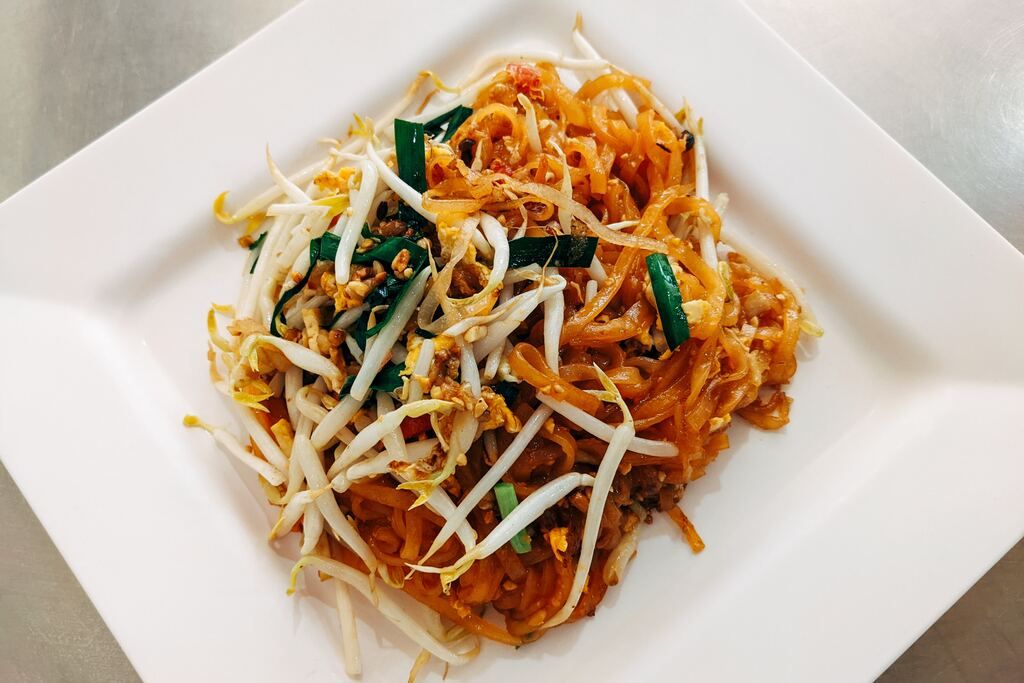
Tom kha gai
Soups are one of the real joys of Thai food. Bursting with flavour, they can be every bit as satisfying as a main course. One of our favourites is tom kha gai, a chicken soup with a coconut milk base. The lemongrass and kaffir lime give it a bright, zingy flavour. Like many of the most popular Thai dishes on our list, it’s best served with a generous sprinkle of fresh chillies. Leave them out if you’re a spice wimp — this is one of the easiest Thai dishes to adapt for chilli-phobes.
Tom yum goong
Here’s another great soup. Tom yum goong is a bit lighter than tom kha gai, as it’s made with a base of broth rather than coconut milk. That gives you more room for the feast to follow!
The prawns are the stars of the show in this clear, flavour-packed soup. However, there are plenty more ingredients for you to enjoy. Lemongrass, fish sauce, galangal, mushrooms and lime juice all come together to create a delicious, hot and sour melody in a bowl. Good tom yum goong should be seriously piquant. Unlike tom kha gai, it has plenty of heat in its base, so it’s one to avoid if you’re not a fan of the chilli pepper.
Khao soi
The third soup on our list is a full meal in a bowl. Unlike the other soups we’ve mentioned, khao soi has noodles, so you might prefer to eat it as a main course. The coconut milk broth carries the delicate scent of curry, and it’s packed with protein. Choose chicken or beef, or go for tofu if you want a vegetarian-friendly alternative. The crispy, deep-fried egg noodles on top create the perfect contrast with the creamy soup.
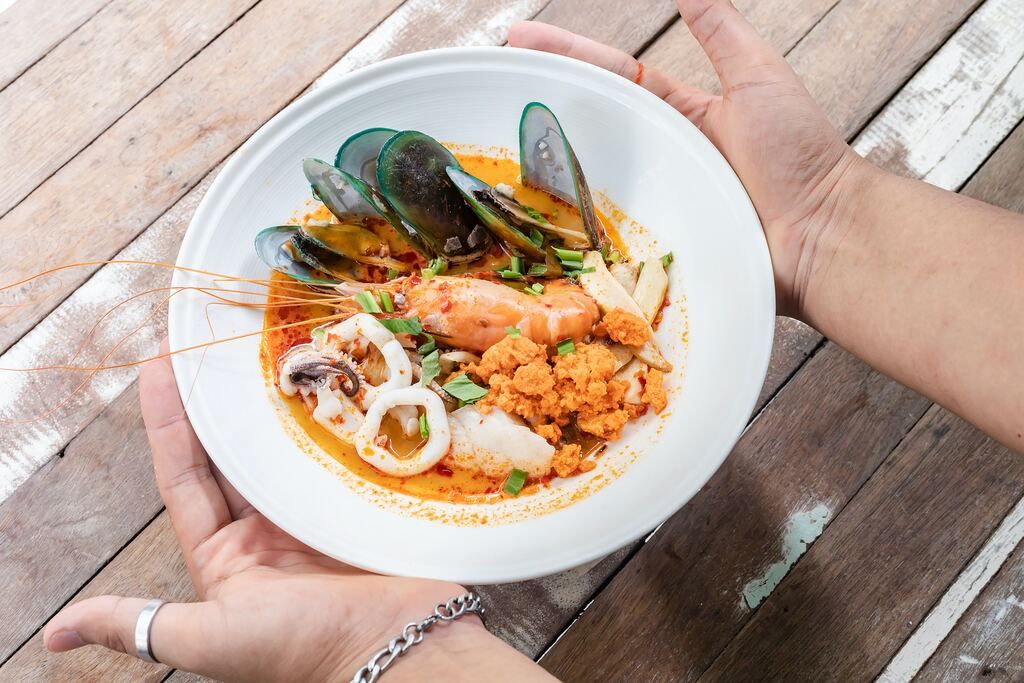
Khao pad
Every Southeast Asian country has its own take on fried rice, and this is the Thai food version. Khao pad is one of those dishes that you can easily throw together using whatever you have in the fridge. Many restaurants and stalls will let you mix and match your favourite toppings to create your own unique fried rice. Go for seafood, pork, beef, chicken or a mixture. Want something vegetarian? Forget the meat and opt for tofu cubes instead. Spice it up, then add cooling cucumber slices on the side, or keep it chilli-free for a mild version. If you want to try a particular local delicacy, go for khao pad sapparod, a remarkable type of Thai fried rice with pineapple and prawns.
Som tam
You’re on holiday. Do you really want to eat salad? Well, if it’s as good as this example of traditional Thai food, the answer has to be yes! Som tam is a dieter’s delight, a dish packed with good-for-you veggies that tastes truly incredible. The base ingredient is always thin strips of green papaya, which gives it a sweet and sour flavour. Vendors will add their favourite vegetables and toss in some dried shrimp and roasted peanuts for added texture. Then, they mix it all together with a zesty, spicy sauce. Just what the doctor ordered!
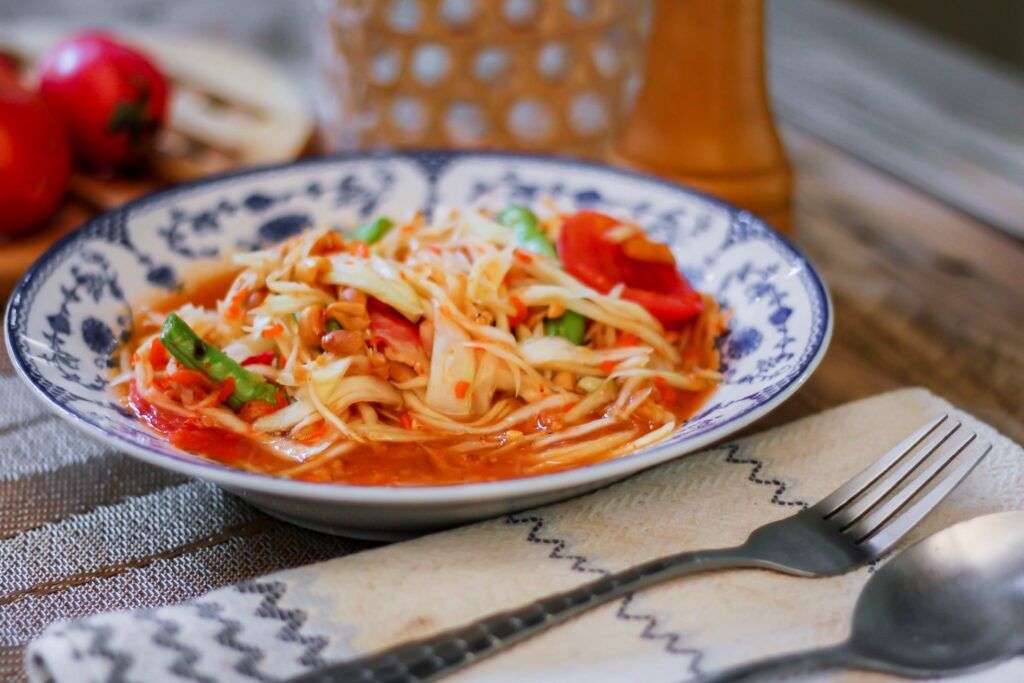
Pad kra pao moo
The thing that sets this stir-fry apart from other Thai cuisine dishes is the Thai basil. If you’re used to the European herb, get ready for a flavour sensation. The Thai stuff is altogether more vibrant, with a deep aroma and slight anise notes. In this dish, it’s tossed together with minced pork and plenty of chilli for a superb stir-fry. Served with rice and a fried egg, it’s a perfect example of everyday Thai cuisine.
Moo satay
You’ll find different kinds of satay all over Southeast Asia. In nearby Malaysia and Indonesia, it’s usually made with beef or chicken, as most people are Muslim. As a Buddhist country, Thailand has no qualms about pork, and it’s the meat of choice for the local satay. The meat is marinated before being grilled, infusing it with a deep, rich flavour. It’s then served with a rich, flavour-packed peanut sauce for dipping. Restaurants usually serve it as a starter, but this is one of our favourite Thai food dishes, and we’d gladly eat an entire platter of it!
If you don’t fancy pork, don’t worry. You can get satay made from chicken instead. Look for “gai” on the menu instead of “moo”.
Pad see ew
This is one of the most popular stir-fries in Thailand, an absolute street food classic. If you like, stop to watch a cook preparing it — but don’t blink because this ultra-quick meal is ready in seconds. Simply toss together flat rice noodles with your favourite meat or tofu, add cabbage, onion and egg, and stir-fry it all together. Pour over a generous helping of soy sauce to give it that characteristic dark brown colour, and you’re ready to eat!
Geang keow wan
Are you ready for a flavour explosion? Geang keow wan, or green curry, is many people’s favourite Thai dish. Red curry (gaeng ped) and yellow curry (gaeng garee) are both great, but we reckon green curry just edges them to come out on top. The vibrant colour and fresh flavour will have you licking your bowl clean. Like its red and yellow cousins, green curry uses a base of coconut milk mixed with curry paste. Dozens of carefully balanced ingredients in just the right ratio go into each bowl to give you the perfect dish.
You can choose your favourite protein for your green curry. Chicken is probably the most popular choice, but beef and pork are also possible. Keeping it veggie? Go for tofu, but be warned: green curry paste traditionally contains pounded dried shrimp, so unless the vendor has gone for a modern recipe, it’s not a vegetarian-friendly dish.
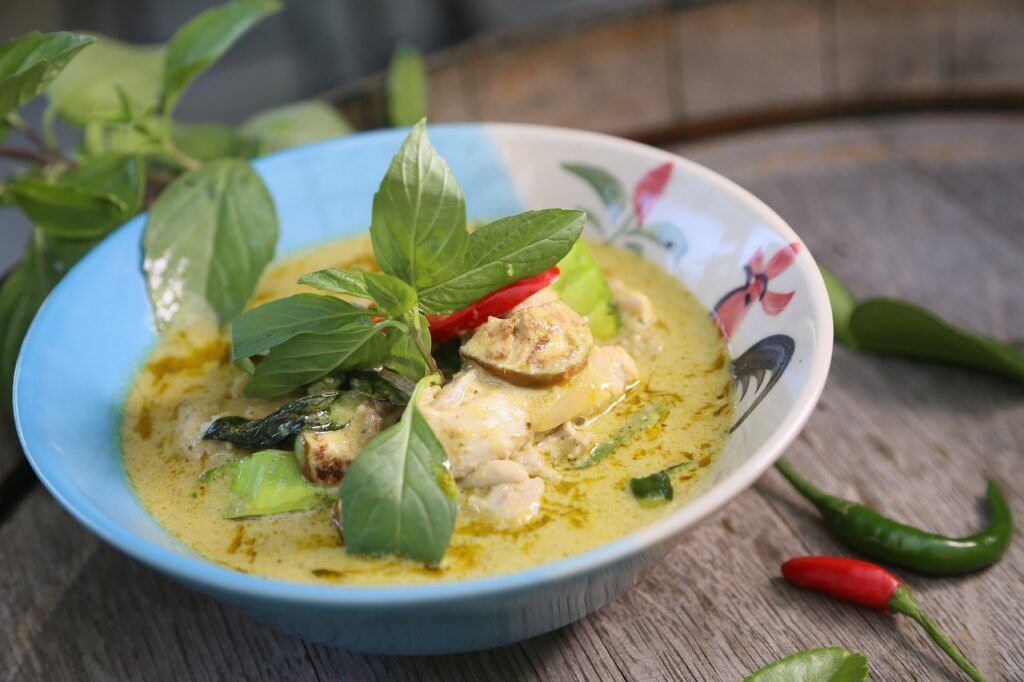
Kaeng matsaman
Known in English as massaman curry, this deserves its own special entry. Why? It’s said to be the oldest curry in Thailand, and it has a unique flavour, packed with spices like cinnamon, turmeric, cloves and nutmeg. The word massaman comes from the Thai word for Muslim, so it seems that this curry originated in nearby South Asia. Wherever it came from, today, it’s a quintessential part of Thai food and is a hearty meal that usually contains chicken and potatoes.
Tod mun pla
Are Thai fish cakes the perfect starter? We think they might well be. These delightful little nibbles are just the right size, giving you two delicious mouthfuls to enjoy. Like most other types of Thai food, they’re packed with flavour and spices. They use a red curry base, and they’re often served with a sweet chilli dipping sauce with tiny pieces of diced cucumber.
Suea rong hai
You may have seen this dish translated as crying tiger. There are various stories that try to explain this weird name, but when the food tastes this good, who cares? It consists of marinated beef, grilled and thinly sliced, then served with a tamarind sauce for dipping. The dipping sauce is what makes it so special: sweet, hot and sour. It fills the beef with a rich, distinctive flavour.
Khao niao mamuang
What’s the perfect way to end a Thai meal? Follow the locals’ example and go for mango sticky rice. Sweet and fresh, this dessert won’t leave you feeling bloated or uncomfortable. On the contrary, you’ll be full of energy and ready for your next sightseeing adventure! Some Thais like to douse their sticky rice with a thick coat of sweetened condensed milk, but you might prefer to just eat it as it is. Either way, it’s a delicious sweet treat.
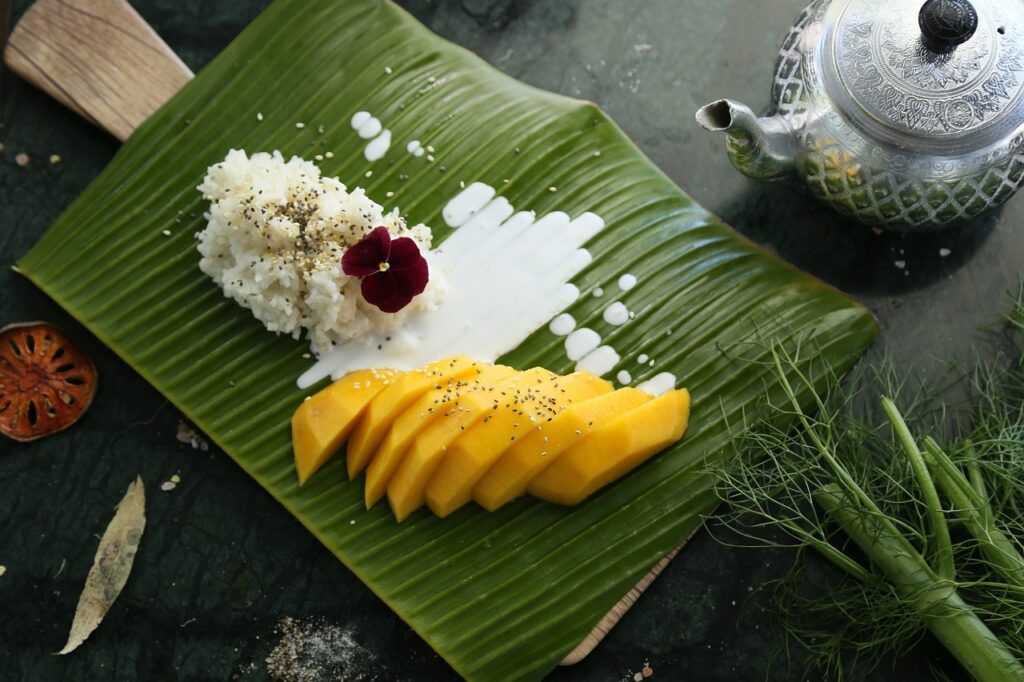
Durian
How about this for a bonus entry? We couldn’t finish our list of Thai food without letting you try the nation’s most controversial delight. Durian is one of those “love it or hate it” ingredients, like Marmite or liquorice. But unlike Marmite or liquorice, this pungent Southeast Asian fruit is actually banned on airlines due to its incredibly strong scent. Many hotels won’t allow you to eat durian in your room, and if you try snacking on a wedge in prohibited areas, you may get hit with a hefty fine. It’s hard to describe just what durian smells like. Haters say it has the distinctive odour of a freshly exhumed corpse, while fans insist that it’s a misunderstood gem. The Thais tend to love it. If you’re an adventurous eater, give it a go while you’re in Thailand. You might want to hold your nose, though.

Are you ready to eat your way around Thailand? Join us for our two-week adventure in the Land of Smiles. You’ll visit different parts of the country, where you can try all the best local delicacies. If you’re worried about your waistline, relax — with hiking, swimming and snorkelling all on the agenda, you’ll soon burn off all those plates of noodles. Come with us to foodie paradise!

